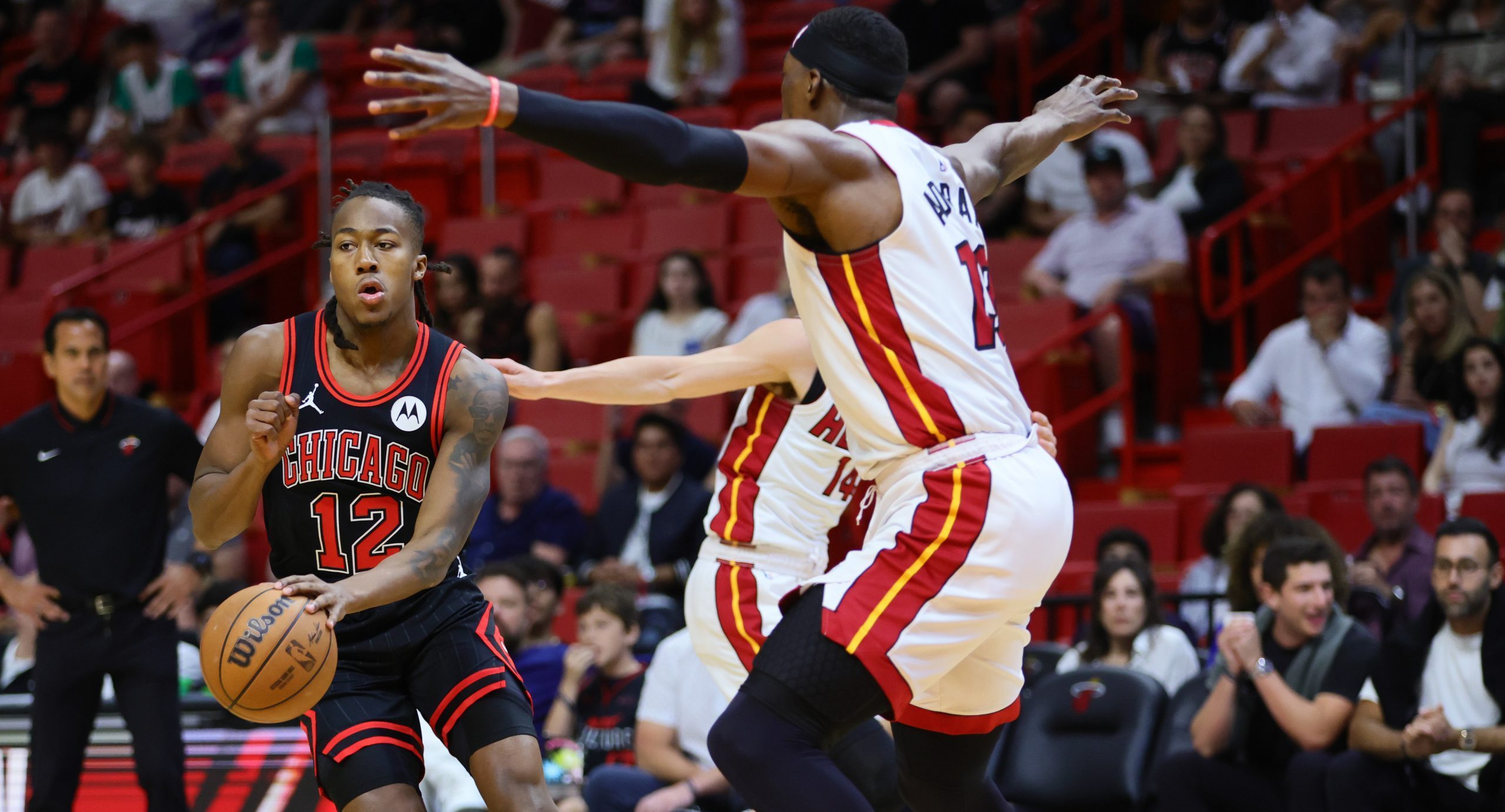Next week, ESPN will be airing a three part, five hour 30 for 30 on the Lakers-Celtics rivalry of the 1980s, its second multi-part doc in the last two years (following last year’s brilliant OJ Simpson deep dive).
With that being said, if you could go back in time and nudge ESPN into making an existing 30 for 30 into a multi-part series, which film would you choose and why? For reference, here’s the list of films that have been released already.
We polled our staff on what 30 for 30 they wanted multiple parts of. Here are their answers.
Andrew Bucholtz: I think the one that might have been most interesting as an expanded multi-part series is 2010’s Once Brothers, on Dražen Petrović, Vlade Divac, and the Yugoslavian national team. It’s always struck me as one of the best 30 for 30 installments, as it’s both a big sports story and one with way larger implications, but one that wasn’t previously over-discussed (especially for those who were too young to remember this at the time) and one that advanced the story in question (particularly with the modern-day footage of Divac visiting Petrović’s family in Croatia).
And while it was already 90 minutes (longer than most of the Vol. 1 installments), I think it could be expanded to four or five hours, perhaps with more perspective from Toni Kukoč and other players on the Yugoslavian team, and with some wider societal and historical context on the breakup of Yugoslavia. OJ: Made In America showed how working in that kind of context can be beneficial, and a longer Once Brothers might have been able to do the same.

The latest
Some things he mentioned include Vince McMahon originally wanting to buy the CFL before coming up with the XFL, the fact they came up with the “scramble” idea on the flight heading to the first game and firing Olympic swimmer and sideline reporter Dara Torres during a game because she was doing an interview for Entertainment Tonight and missed her cue for a live spot.
Ian Casselberry: Total homer pick here, but I’d want to see an expanded edition of Bad Boys. I can’t say that the Detroit Pistons of 1987 to 1991 are overlooked. After all, they got a two-hour 30 For 30 film. But despite that showcase, there is much more that could have been explored, especially taking a wider view of the NBA before, during and after the Bad Boys era. Isiah Thomas, Joe Dumars and Bill Laimbeer went on to become coaches and executives in the league with varying degrees of success.
Obviously, the NBA is a far different game now, but I think the Pistons get unfairly tagged for bringing a thuggish style of play into the league. Those were guard-oriented teams that depended on shooting and driving to the basket. Several other teams (and coaches) did more to turn basketball into a wrestling match and isolation-heavy half-court game.
Ken Fang: Four Days in October can be expanded to two or three parts. And without the segments with Bill Simmons and Lenny Clarke that weighed down the original documentary, this can become a very good film. Part One can focus on the 2003 season and ALCS which was won by the New York Yankees. Part Two can begin with the Red Sox and Yankees fight to get Alex Rodriguez in the offseason and continue through to the 2004 ALCS and the smashing of the Yankees in Game 7 forever changing the rivalry.
Plus with some perspective, former Yankees like Joe Torre, Derek Jeter, Bernie Williams and A-Rod would be great in Part One. Then getting Nomar Garciaparra, David Ortiz, Pedro Martinez, Kevin Millar, and Terry Francona would add give the documentary great sound bites. Part three can look at the aftermath.
Ben Koo: I’m tempted to echo Matt’s answer “Who Killed the USFL?” and Phillip’s suggestion of “This Was the XFL” is another good one, although I think that the cozy relationship between the director and participants probably hinder any chance for that film to be more introspective. Ultimately I’ll go with Pony Excess, which clocked in at 1 hour and 42 minutes or 2 hours with commercials.
You could easily add 30 minutes to the rise of SMU football and 30 minutes to the fall of the program to stretch it to a two night 3 hour installment. “Pony Excess” found success both in terms of critical acclaim and ratings wise and given how much meat was on the bone in terms of story there, I think it’s certainly a story that could have been stretched a bit more and not lose any potency.

Joe Lucia: Despite how incredible it was, I think Hillsborough could have had another two hours of material without missing a beat, especially following the conclusion of the second inquest hearings a year ago and the announcement that criminal charges could be considered. There also could be additional coverage of the sustained issues with The Sun all these years later, including how they covered the aforementioned second inquest hearings.
Alex Putterman: Jordan Rides the Bus may have had the richest, most broadly appealing subject matter of any 30 for 30. Michael Jordan’s baseball career has been subject of endless articles and a recent oral history, yet the details never cease to be fascinating. An extended documentary could delve deeper into MJ’s backstory, mine his former teammates for more stories, explore how far he could have made it in baseball and maybe find a full explanation of his decision to quit the NBA.
It wouldn’t hurt if Jordan agreed to share some secrets this time. I’m too young to have followed MJ’s baseball career as it happened, and I’ve never felt satisfied by the projects that seek to explain it. A multi-part documentary has to have a can’t-miss subject, lots of untold nuggets and a little mystery. This one has it all.
Jay Rigdon: So many great options, but one that I think would make for a very fascinating and relevant series is Billy Corben’s Broke. Focusing on the financial downfall of various athletes, it was a fascinating look at how making plenty of money doesn’t guarantee long-term wealth, while also covering the variety of pitfalls faced by the currently rich and famous.
How athletes manage their finances can also illustrate to anyone watching the importance of surrounding yourself with quality people, while considering the long-term effects of your financial decisions. There are enough stories of ruin (as well as post-career success and wealth-building beyond athletic career earnings) that it’d be a fascinating watch.
Matt Yoder: This is a great question, but I think my vote goes to Who Killed the USFL? Not only could the documentary expand more upon Donald Trump’s involvement (which obviously has a relevance to today’s events) but it could also dive deeper into the USFL’s competition with the NFL.
I think it’s difficult for any of us who are millennials to imagine a serious, non-XFL challenger to the NFL. There’s so much to unpack with the USFL’s rise and fall, the amazing players that starred in the league, and the figures involved off the field, that there’s more than enough there for a gripping multi-part series.







